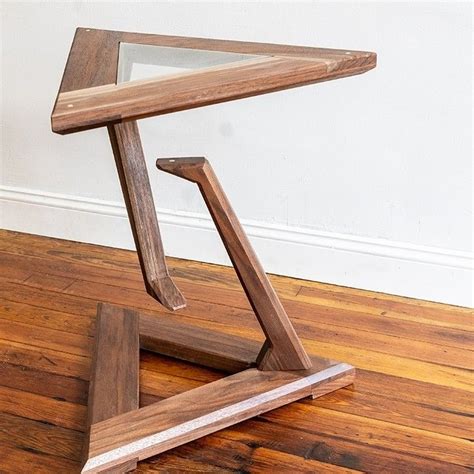Impossible Furniture Fit? Think Again!
Moving day. That exhilarating, terrifying, and often hilariously stressful event. And the biggest source of stress? Getting that gargantuan sofa, impossibly wide armoire, or awkwardly shaped dining table through the door. You've visualized the scene: the frantic maneuvering, the scraped walls, the muttered curses. But what if I told you there's a way to conquer even the most seemingly impossible furniture fit? This comprehensive guide will equip you with the strategies and techniques to successfully navigate those tight corners and tricky doorways, ensuring a smooth transition for your beloved furniture.
How to Measure for Furniture Placement: Avoiding the Nightmare Before Moving Day
Before you even think about lifting a leg of that antique dresser, meticulous measurement is paramount. This is the single most important step in preventing furniture-related moving day disasters.
-
Measure Twice, Move Once (Seriously!): Don't rely on memory or estimations. Grab your measuring tape and meticulously measure:
- Doorways: Measure the width and height of every doorway the furniture needs to pass through. Account for door swings; a door that opens inwards significantly reduces available space.
- Hallways: Similarly, measure the width and height of all hallways. Consider the narrowest point, as that will be the limiting factor.
- Stairs: If you're moving furniture upstairs or downstairs, measure the width and height of the stairwell, including any turns.
- Furniture: Measure the longest, widest, and tallest dimensions of each piece of furniture. Don't forget to account for any protruding handles, knobs, or legs.
- Corners: Sharp corners can be surprisingly problematic. Measure the inside angle of corners to ensure sufficient clearance.
-
Consider Disassembly: Can the furniture be disassembled? Many pieces, such as sofas, beds, and dining tables, can be partially or fully taken apart, significantly reducing their bulk and making maneuvering much easier. Check for assembly instructions or consult a professional if you're unsure.
-
Visualize the Journey: Once you have all your measurements, sketch a rough floor plan of your home, noting the dimensions of doorways, hallways, and furniture. This visual aid will help you mentally rehearse the moving process and identify potential obstacles.
What if My Furniture is Too Big for the Doorway? Strategies for Success
Even with careful planning, you might still encounter furniture that appears too large for a particular passage. Don't panic! There are several solutions:
1. Strategic Disassembly:
As mentioned earlier, disassembly is often the key. If possible, take apart the furniture into its smallest manageable components. This approach significantly increases your chances of a successful move.
2. Tilting and Rotating:
Sometimes, tilting a piece of furniture on its side or rotating it slightly can make all the difference. This technique is particularly useful for navigating tight corners and narrow hallways. Always enlist help to prevent damage or injury.
3. Removing Door Trim or Casings:
In extreme cases, temporarily removing door trim or casings might be necessary. This requires some DIY skills but can create the extra inches needed. Remember to carefully store and reattach the trim after the move.
4. Professional Movers:
If you're dealing with particularly large or cumbersome pieces, hiring professional movers is a wise investment. They possess the expertise, tools, and equipment to handle even the most challenging furniture placement scenarios safely and efficiently.
Frequently Asked Questions (FAQs)
Here are some common questions regarding furniture fitting challenges:
H2: What should I do if my furniture is slightly too wide for the doorway?
If your furniture is only slightly too wide, try tilting it at an angle and carefully maneuvering it through the doorway. Having a helper to guide and support the piece is crucial. You might also consider removing any easily detachable components, like legs or shelves.
H2: How can I protect my walls and floors during a difficult furniture move?
Protecting your walls and floors is vital. Use furniture pads or blankets to cushion the furniture and prevent scratches. Consider using cardboard or plastic sheeting along the walls to safeguard against scuffs and bumps.
H2: Are there any tools that can help with difficult furniture moves?
Yes! Appliances dollies are excellent for moving heavy furniture, and furniture sliders can significantly reduce friction. For exceptionally challenging maneuvers, consider renting or hiring a furniture moving system with specialized equipment.
H2: Can I use a furniture dolly for every piece of furniture?
While furniture dollies are great for heavy items, they aren't always practical for every piece. Smaller items may be easier to carry by hand, and some furniture might be too oddly shaped for a dolly. Use your best judgment, and prioritize safety.
Successfully navigating the challenges of furniture placement requires careful planning, meticulous measurement, and a willingness to adapt. By utilizing these strategies, you can transform what might seem like an insurmountable obstacle into a manageable task, ensuring your new furniture finds its perfect place in your home without the stress and strain of a moving-day meltdown.

